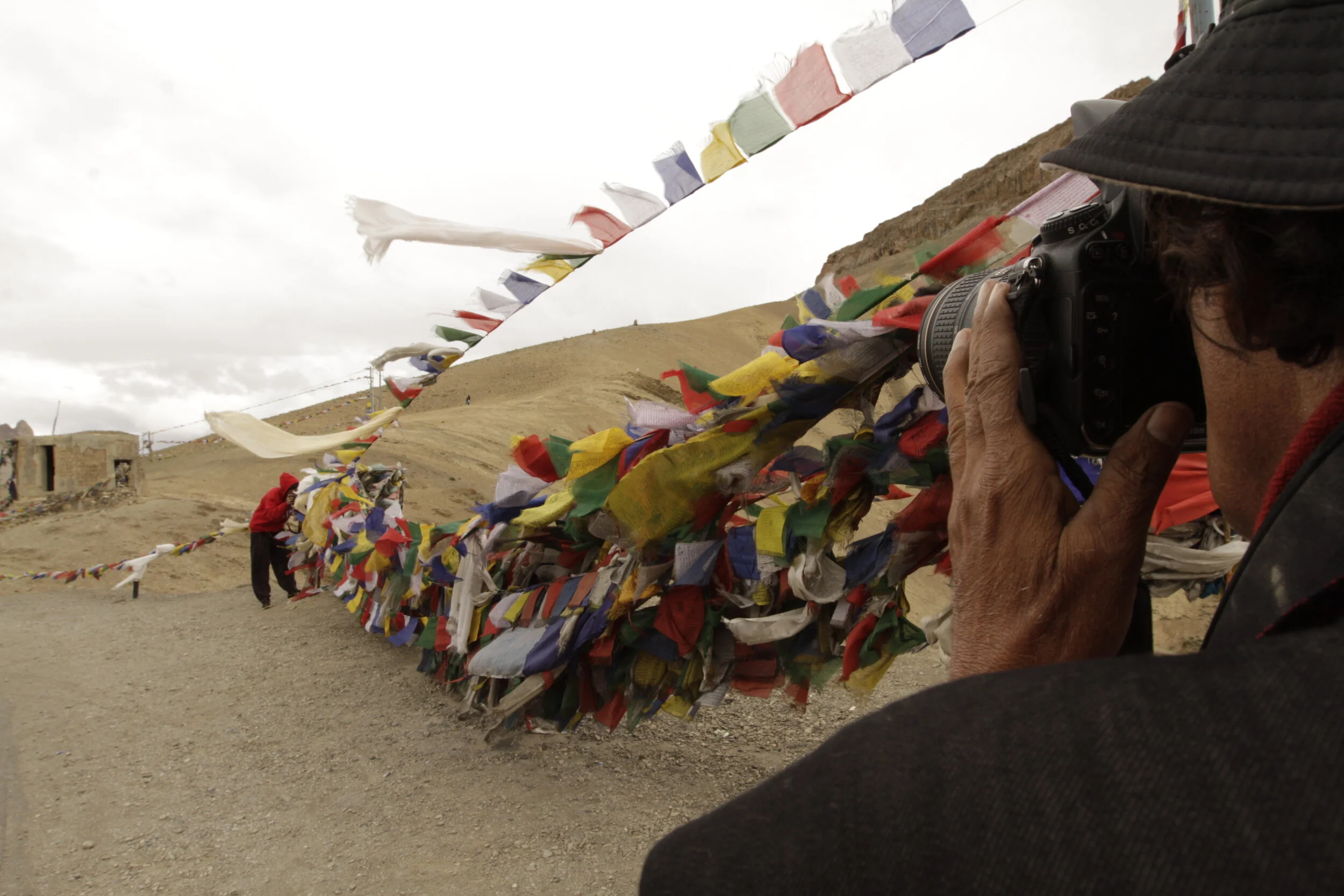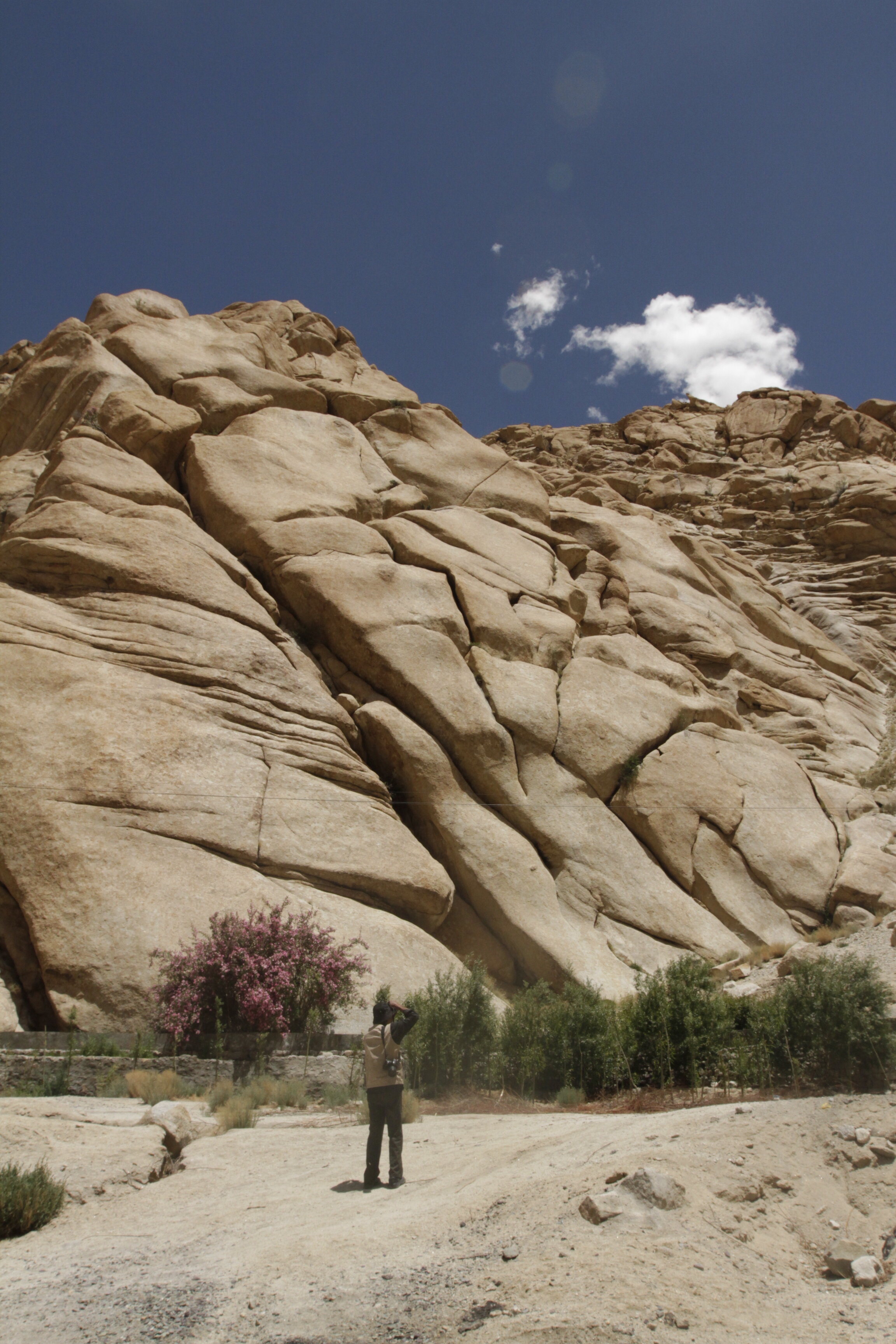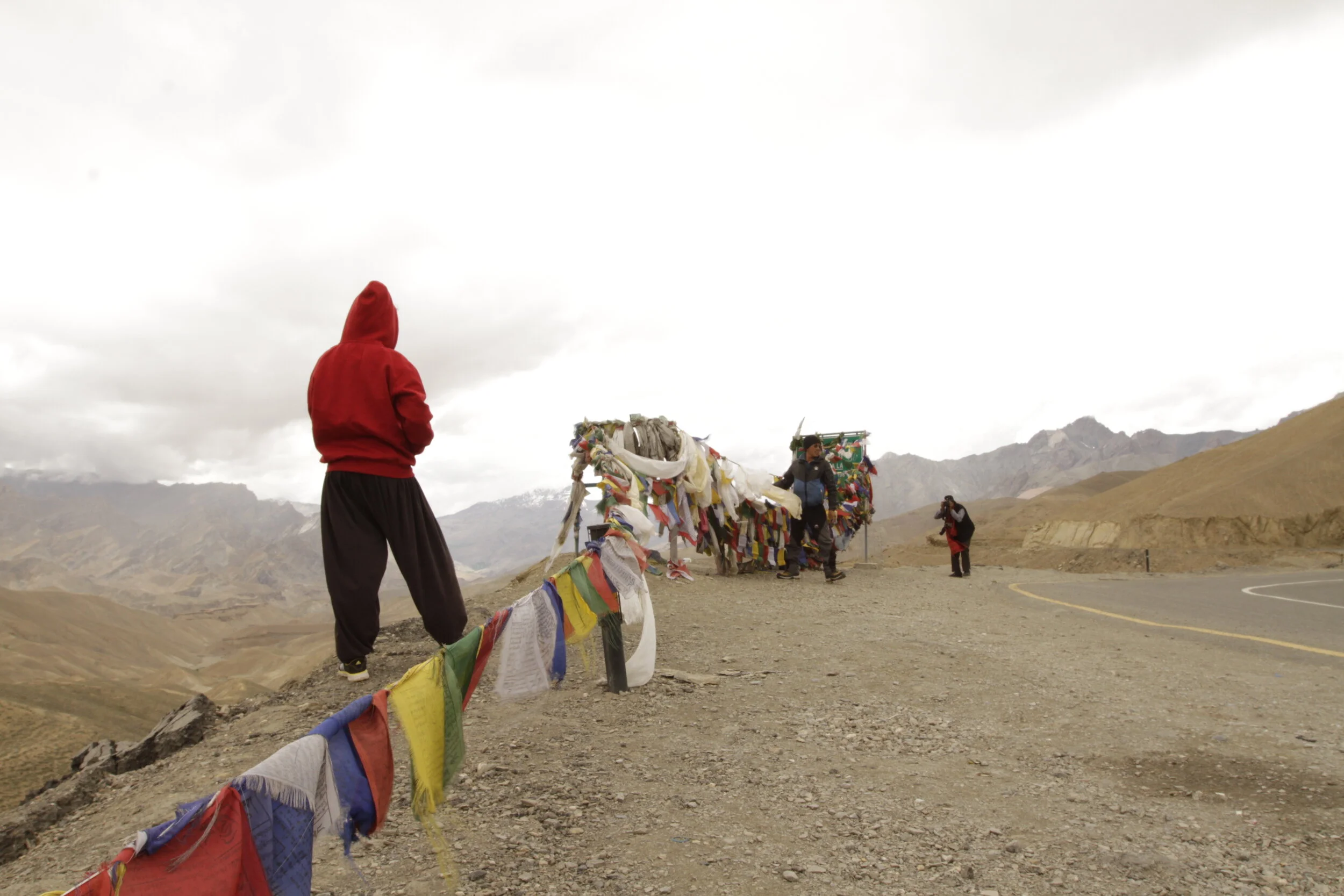Life in Frames
In her debut film Raghu Rai – An Unframed Portrait screened at Nordisk Panorama in 2018, Avani Rai meets the challenge to keep the balance between her role as a daughter and her role as a filmmaker. Rai’s documentary about her father, photographer Raghu Rai, follows the artist in action while offering some history lessons on India and the region where everyday struggle feels so familiar to many.
India, a battlefield for traditions and progress, provides plenty of issues to talk about. The troubled history and the current situation of Kashmir is one of those. Despite being a highly militarized area, pro-independent protesters will probably never give up the fight and Raghu Rai will always be there to document that. The Indian photographer has been showing the horror of war and the politically motivated violence against civilians for decades. But this time he also becomes a civilian. The film not only portrays him as a photojournalist constantly capturing reality but also catches his sense of humour and his witty, often critical civil persona.
The difficulty of filming a parent who happens to be an excellent photographer with a tremendous amount of knowledge of the visual language influences the narrative structure and directorial decisions. Without the director’s relationship to her subject, the film would have resulted in something completely different. Possibly more boundaries would have been set as Avani and Raghu wouldn’t have needed to maintain a balance between their two roles.
It is indeed the dynamics between them and their roles that lay the foundation for the linear narrative, contextualising Raghu’s story as well as the history of India and the region. It is just normal that a dad will always be worrying about his daughter and a teacher would always be giving feedback and advice to his students. Raghu’s remarks, such as ‘I am not your father, I am your character’, and instructions usually wrapped as criticism highlight Avani’s struggle as a filmmaker and as a daughter. She is more than just an observer and storyteller. She is part of the story. She is a student trying her wings while following in her dad’s footsteps.
Creative freedom and expressions, the documentary genre and the very act of capturing the truth contribute to the conversation around the film co-produced by Finland, India and Norway. Explaining the origin of his photos, Raghu touches upon the power of politics in India – and in the world in general. As journalists are supposed to speak truth to power, they usually end up among the targets of the political or economic elite. Just like other courageous journalists, Raghu also freezes the moments of truth focusing on events many wish to be erased from or never written into history.
Looking at the terror through his eyes might deaden the feelings evoked in the viewers, but the photo exhibition on screen can surely imprison one’s mind. Yet to provide context, the information in the form of inserts could have been conveyed by Raghu’s monologues or a voice-over by Anavi instead. Although the heavy reliance on text displayed on the screen could easily serve the purpose of enhancing the power of images and the importance of photography, the cinematic experience is repeatedly interrupted because of it.
Raghu Rai – An Unframed Portrait shares a lot of similarities with The Night We Fell by Danish filmmaker Cille Hannibal who made a film about her mother. Avani Rai’s first attempt to tell a story using the medium of film is promising. Not to mention that she has probably tackled the greatest task ever, namely filming her photographer dad. Considering the film style, she plays safely but her artistic vision is definitely present.




